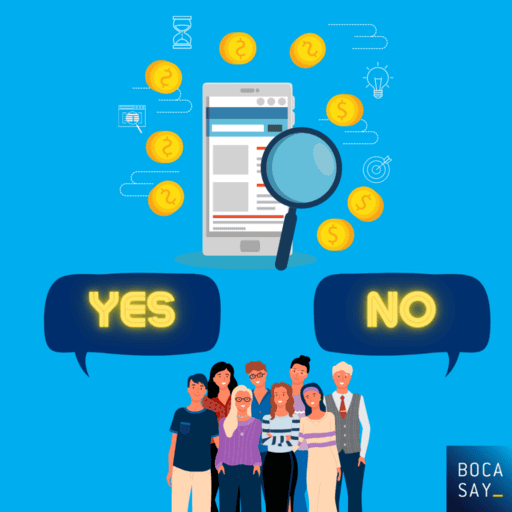POC, MVP, prototype: definitions and differences
In a world where the race to innovate can be the main driver for companies, new ideas are coming in. But not all ideas are developed and turned into a product. They must first be sorted out.
When it comes to developing a new product, you need to make sure that the users’ problems will be covered by a suitable solution through a product launched on the market.
Which idea is profitable? How do you know if it will work? How do you attract investment, resources and multiple expertises around a project?

But what is a PoC, an MVP and a prototype?
The PoC: the proof of concept

Behind every business, there is an idea.
Any investor wants to see a complete concept, financials and a strong case for investing in your product. That’s why entrepreneurs, project owners and start-up owners turn to proof of concept. The proof of concept presentation contains the product’s main objectives, functionality, design and unique features. It shows how to implement the idea and for what type of target audience.
The PoC is an exercise in which the job is to determine if an idea can be turned into reality. This will determine the feasibility of the idea or verify that the idea will work as intended.
The PoC is therefore designed to determine feasibility, but it is not a deliverable. It is usually required by investors who need a tangible proof that can guarantee a good return on investment (ROI).
For more details, you can go directly to our article on proof of concept!
🌎 As a web development company, we support you in the design and development of all your POC, prototype and MVP. 🌎
The prototype: the first “physical” version

A prototype is the next step in the project. It involves a working PoC model that can be tested. The prototype has all the features that investors or potential customers can try. It serves two main purposes: to unlock investment and to detect and fix bugs.
The prototype is a necessary step in the creation of any product, whether digital (software, website, application, etc.) or physical. It is important for three reasons:
- First, the act of, taking an idea to a more concrete form, encourages product teams to start looking at the idea in a new light. What seems like a good idea in principle, may not seem as relevant once it is materialized.
- Second, presenting a prototype to users provides fresh eyes, which is essential to the development process. Test participants can judge the prototype based on what they have in front of them and in their hands, and more easily spot functional flaws or drawbacks. Now that the customer has the product in hand, is it still as useful and engaging?
- Third, prototypes are great for getting stakeholder buy-in. What may have previously seemed intangible and theoretical is now something they can interact with.
The MVP: the minimum viable product

The Minimum Viable Product, or MVP, refers to the initial stage of creating the first workable (and saleable) version of your new product. According to Eric Ries (American entrepreneur), the MVP is a synthesis of two extremes:
The first school of thought, in product design, says: “We only have one chance, let’s make it work by building the most perfect product possible“. This seems like a rational approach. But what happens after 5 years of research and development to find out that no one wants your product?
The second school of thought involves releasing product versions that are minimally functional, without hesitating to release multiple versions, as well as listening to what customers say, and iterating on that basis.
The MVP is a balance between the two. Research and development, combined with consumer involvement.
All of this may sound eerily similar to a prototype, and for good reason. The MVP is indeed a prototype at its core, but it goes further into the product development process. An MVP will be created once you have tested all the assumptions through the prototype, and obtained proof of concept. Ideally, you will create the minimal version (which you will improve) of your product and share it with as many people as possible.
To summarize, a PoC represents the first sketch of a prototype, which is itself the basis for what will become the minimum viable product.
Since 2013, we have been developing numerous software products for companies, including MVPs and prototypes, check out our achievements.